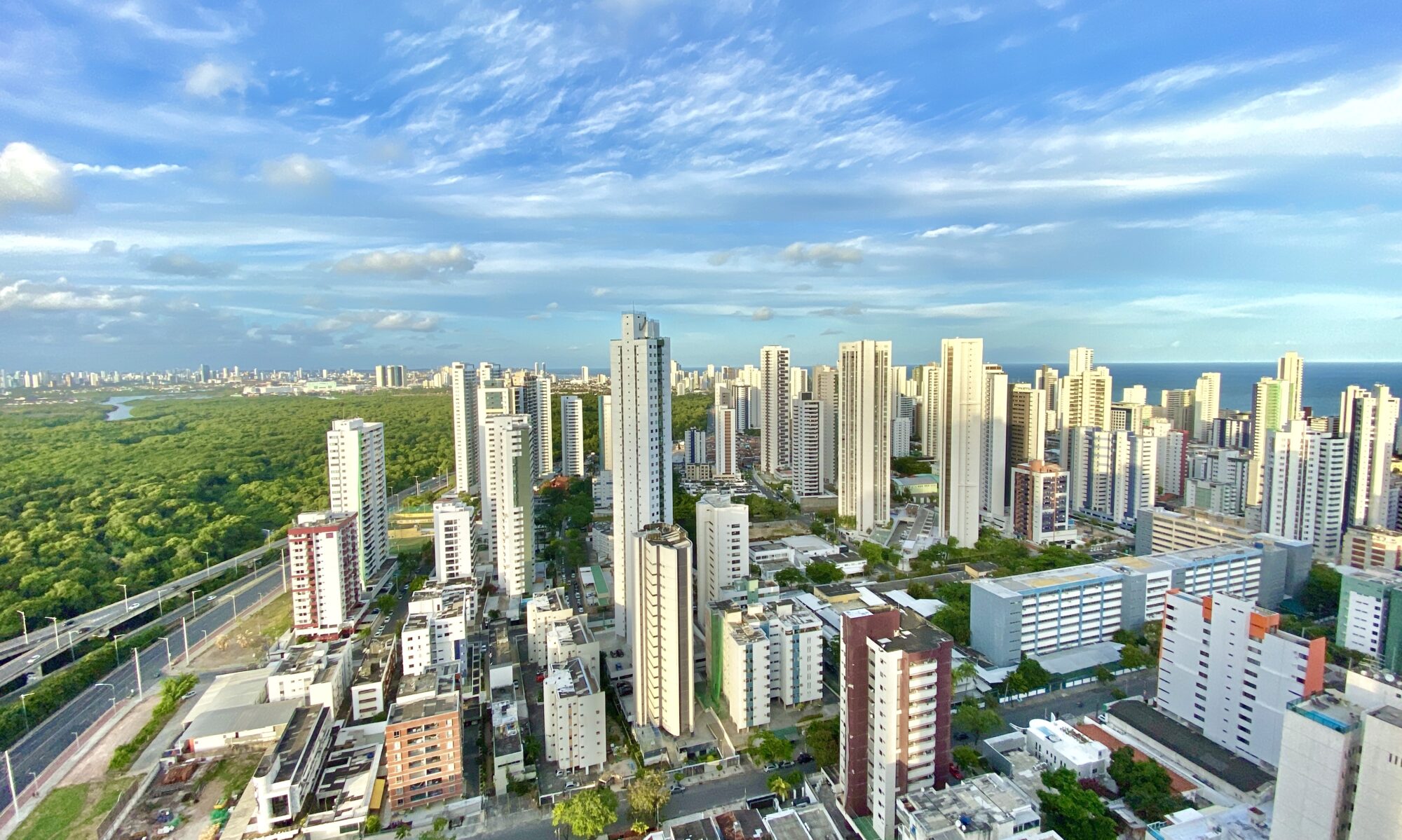The Serra da Capivara National Park was created to protect an area which contains the most important prehistoric heritage in Brazil. It is an archaeological park rich in remains, which have been preserved over the millennia through the existence of an ecological balance, which, today, is greary altered. The prehistoric remains and the local ecosystems are therefore intimately connected, because the conservation of the former depends on the balance of such ecosystems. This balance is so fundamental for conservation that it has been the decisive factor in the zoning and management of the Park and its use by the public.
The Serra da Capivara National Park is situated in the south east of the state of Piauí, between latitudes 8º 26′ 50″ and 8º 54′ 23″ south and longitudes 42º 19′ 47″ and 42º 45′ 51″ west. It falls within the municipal areas of São Raimundo Nonato, São João do Piauí, Coronel José Dias and Canto do Buriti. It has an area of 129,140 hectares and a perimeter measuring 214 kilometres.
Owing to the importance of its archaeological sites, it was listed as a World Heritage Site by Unesco in 1991. Its geological formations are of unusual beauty. The rugged landscape is home to a diversity of its flora and fauna, with a profusion of ecosystems characterized by great biological variety. This variety, the natural beauty of the country and the cultural heritage make the National Park a highly attractive area for ecological and cultural tourism.
Located in a semi-arid climatic region, on the boundary between two vast geological formations – the Maranhão-Piauí sedimentary basin and the São Francisco river depression – its relief consists in ranges of hills, valleys and plains. It is the only national park where the vegetation known as Caatinga flourishes, which makes the conservation of flora very important. The park is also home to other rare animal and plant species.
Since colonization of the area, the Serra da Capivara National Park has been used by local people for hunting, crop growing and timber felling. These people, who are very poor and have no source of income except the natural resources of the area, live in the Area of Permanent Conservation, a strip of land ten kilometres in width.
The Museum and Foundation for American Man, when preparing the Park Management Plan, developed a policy of protection which includes the participation of local people in the conservation programme. It has established an economic and social development programme designed to educate and prepare these communities to join the labour market which the park is creating in the region: infrastructure works, management, and ecological and cultural tourism. The essential conditions for the protection of the park are the eradication of poverty and hunger and the creation of new forms of alternative work. The Management Plan considers the present population as one of the elements in the ecosystems which must be preserved and proposes that the National Park should be an engine of economic development, in an area where a pitiless drought limits crop and animal husbandry severely.

